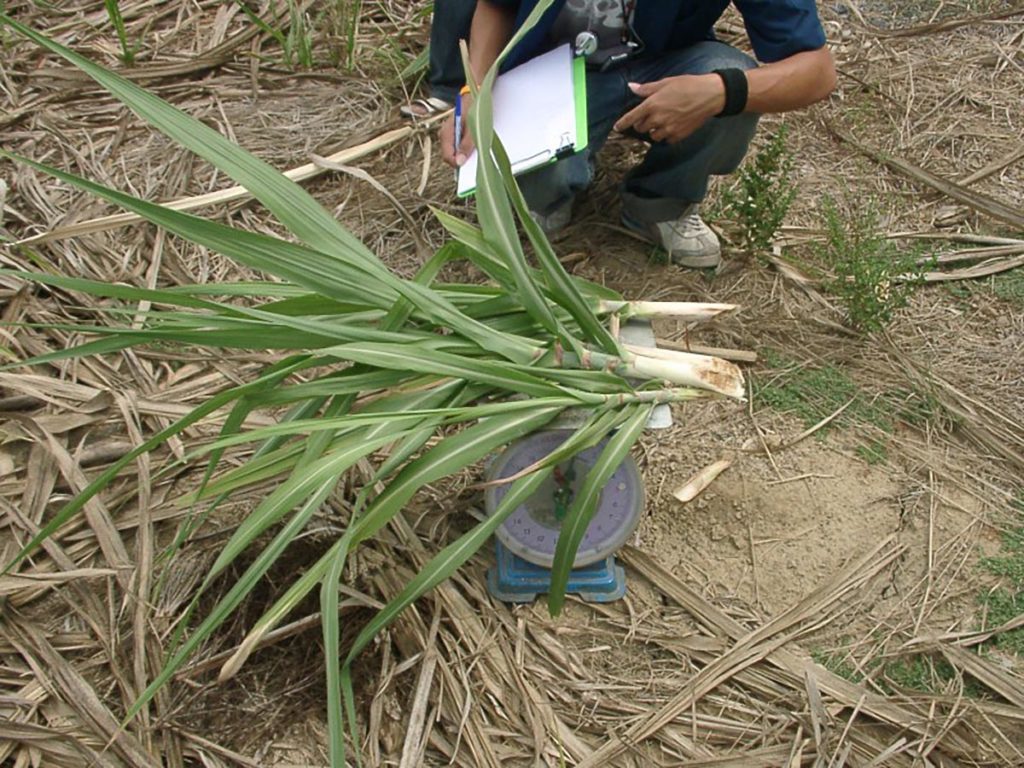This is a frequently asked questions of potential customers. Most of them have no experience with thermophilic operation and none of them with hyper-thermophilic operation of biogas plants.
Many are often informed that temperature has a negligible impact on biogas yield, with such information commonly provided by sales representatives of single-stage biogas plants. These individuals typically lack a deep understanding of biology and, more importantly, aim to promote their mesophilic, less efficient biogas plants.
“But there are more mesophilic biogas plants in Germany and only a few thermophilic or hyper-thermophilic biogas plants.”
True. But 120 years ago, you had more horses on the roads than cars. And now?
The traditional mesophilic biogas plants were designed specifically for maize silage, which is considered the most optimal and convenient feedstock. As a result, it has become widely prevalent in the feeding of livestock, poultry, pigs, and utilization in biogas plants.
These old mesophilic biogas plants are designed to digest starch. The new feedstock has a lot of fibre, which is cellulose, hemicellulose and ligno-cellulose.
Our answer to the above question:
Our solution involves the implementation of small high-load digesters operating at hyper-thermophilic temperatures.
We utilize a comprehensive set of parameters, placing emphasis on more than just elevated temperatures. Indeed, higher temperatures play a pivotal role in achieving increased biogas yields, particularly from fibrous feedstock.
Our parameters and advantages:
Small – we can control temperature, pH, mixing, volatile solid loading rate.
High-Load – we can reduce the pH from normally pH 8 in digesters to pH 7 in our High-Load digesters.
pH 7 – is the best pH for highest activities of cellulase. Cellulase are enzymes built by bacteria to “digest” the big cellulose molecule.
Temperature –above 55 °C, cellulase exhibits its highest efficiency, performing 1,000 times faster than under mesophilic conditions. Our small tanks allow us to rapidly reach the target temperature, ensuring swift and efficient processes.
Fibrous feedstock – Processing fibrous feedstock can be challenging due to its difficulty in mixing. However, in our small tanks, mixing becomes effortless. Robust mixers equipped with frequency inverters prove to be highly efficient, offering effective mixing with minimal electricity consumption.
Retention time – We establish a specific retention time in our tanks to ensure that cellulase has ample time to break down the substantial cellulose molecules effectively.
Wet mill – For those who prefer not to incur the high costs associated with using a hammer mill to crush the feedstock, we offer a small yet highly efficient wet mill to grind the remaining large particles. Within the small tank, we carefully monitor and ensure that almost all particles are thoroughly ground.
Do you always recommend hyper-thermophilic temperatures?
Yes, with two exceptions.
There are two kinds of feedstock diets that we don’t use at hyper-thermophilic temperatures:
1. High Ammonium content above 8 kg Nitrogen per m³ digestate
2.High Starch content in the diet, means high percentage of maize in the diet
Ammonia is toxic to bacteria, and as temperatures increase, the ammonium-ammonia equilibrium shifts towards higher ammonia concentrations. Hence, we exclusively employ hyper-thermophilic conditions in the high-load digesters and not in the main digesters to mitigate the adverse effects of ammonia on bacteria.
Starch is readily digestible, especially in our High-Load digesters where the hydrolysis process occurs even more efficiently and rapidly due to elevated temperatures. However, the accelerated hydrolysis leads to a surge in CO2 production, as hydrolysis bacteria generate a significant amount of CO2. This spike in CO2 could potentially result in lower methane (CH4) content in the biogas, posing issues for engines. To prevent such a decline in CH4 content, we mitigate the temperatures in the High-Load digesters.
Is SLP on the right track with its hyper-thermophilic operation?
We think Yes!
The proof lies in the fact that German biogas plants have embraced SLP Small-High Load Digesters, incorporating them as front-end treatments to existing facilities. One notable outcome is a reduction in feedstock consumption by 20-30%. The removal of expensive feedstock results in 30-50% lower feedstock costs. These decisions are made by experienced and successful biogas plant owners and operators.
Ask your advisor: Can you guarantee that a screw separator will not yield any more solid digestate separation?







